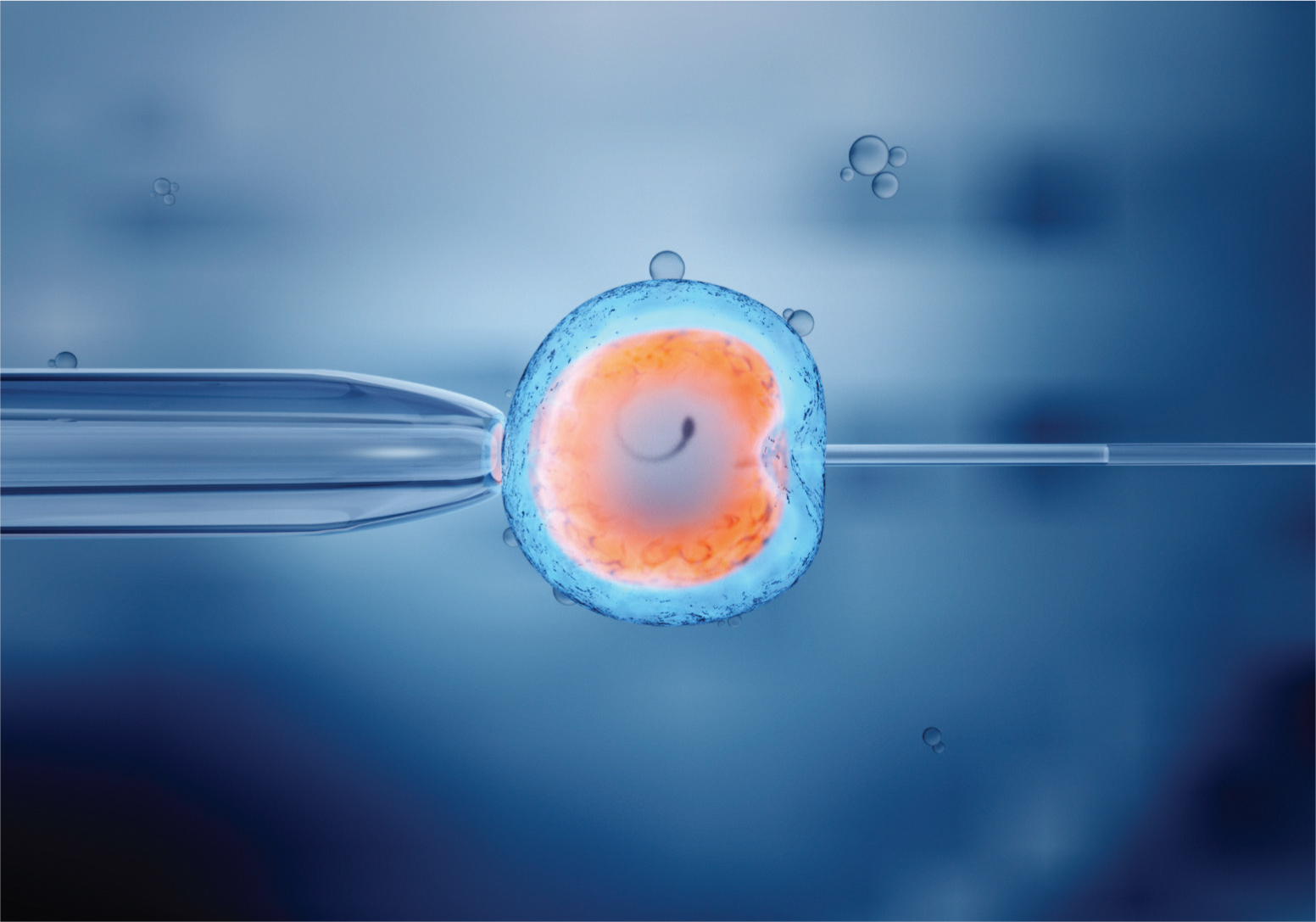The world's first ‘test-tube’ baby, Louise Joy Brown, was born 45 years ago on 25 July 1978. Today, over 4 million children are living today because of the successful application of artificial reproduction technology, which accounts for approximately 2% of newborns (Petrushko et al, 2021). While it is unquestionable that technological advances have eased the reproductive journeys for many individuals and couples who have sought to conceive and have a child, such journeys have also generated ethical challenges and tensions in society. For example, while acknowledging the value of artificial reproduction technology in addressing the problem of infertility, Chatzinikolaou (2010) suggests that it has created persisting demands and unanswered dilemmas by transforming ‘the clear-cut problem of infertility…into many novel problems that no human mind, no committee nor a conference nor a law can ever solve’.
Running counter to such a narrative, the concept of reproductive freedom entails, in the eyes of many, a basic human right to avail oneself of artificial reproduction technology if fertility problems are encountered, and withholding artificial reproduction technology is often viewed as discriminatory.
Nevertheless, some novel problems have been addressed. For instance, before the introduction of effective treatment for human immunodeficiency virus, infected individuals had been excluded from access to infertility services, with Lyerly and Anderson (2001) observing that ‘the principle of justice requires that…infected women be treated the same way as a woman who might have an increased risk of conceiving a child with a disability or may have a decreased life expectancy due to a chronic illness such as diabetes’. Some might consider such technology-facilitated birth to enable society's apparent drift from the ‘nuclear’ family, a view that seems to be confirmed by De Wert et al (2014), who noted an increasing number of applications from those such as ‘homosexual female (lesbian) couples, homosexual male (gay) couples and, more recently, transsexual men and women’.
However, other challenges remain. For example, in addressing the Korean government's policy of subsidising artificial reproduction technology fees to raise the country's birth rate, Kim (2018) considered that it reflected little concern for future generations and their quality of life, commenting that it seemed wrong ‘to treat the future child as just a number that contributes to achieving the target birth rate, or as a mere means of solving a problem facing the current generation’, and as such was morally unjustifiable.
More recently, a dissenting voice has been raised against artificial reproduction technology at a fundamental level, with Hall (2022) denying at the outset that there is a unique—sui generis—right to reproduce. Instead, she suggested that it is a ‘confluence of other pre-existing rights (sexual freedom, bodily sovereignty and personal liberty) that are assembled and asserted in reproductive pursuit’ (Hall, 2022). Making what might appear to be a rather obvious point, although an important one, Hall (2022) stated that the nature of reproduction is necessarily a collaborative process of one kind or another, with participants all having the right to agree or refuse to collaborate. Accordingly, since there can be no guarantee of success in the reproductive enterprise, the ‘liberty “to try to” do anything is necessarily broader and weaker than other rights assertions, such as the right to free speech’ (Hall, 2022). Underpinning reproductive freedom, according to Hall (2022), is the conferring of a right to attempt to reproduce, which is different from having a right to a child.

Caring professions have a prominent role in facilitating the application of artificial reproduction technology in the lives of those wishing to have children in this way. Given this, to what extent does/should kindness influence the provision of such services, especially in the sometimes ethically fraught context of human rights? Jesudason (2022) acknowledged that while kindness is central to healthcare, it can also pose ethical dilemmas.
First, he differentiated kindness from compassion and empathy, suggesting that empathy is the ability to put oneself in another's shoes, while compassion is more than empathy, and encompasses shared distress, a sense of solidarity and even a call to action. He defined kindness as having more of an emphasis on action, it ‘has perhaps a more prosaic and practical quality than compassion’ (Jesudason, 2022). Contending that kindness comprises beneficence, respect for the person, non maleficence, and fairness, Jesudason (2022) also cautioned that kindness may not only discriminate effectively and appear blameless, but misplaced kindness can promote actions that override others' autonomy, ‘supposedly on the basis that to do so is in their best interests. In short, kindness can be widely deployed in ways that are unfair, harmful and/or paternalistic’.
‘Caring professions have a prominent role in facilitating the application of artificial reproduction technology’
In the context of artificial reproduction technology, sexuality, the assertion—or denial—of what appear to be human rights, and even the concept of kindness may be intertwining strands that could threaten to become a Gordian knot of confusion. Midwives, whether they like it or not, may soon find themselves being drawn into such discussions on a regular basis; and in these discussions, clarity of thought is paramount.


